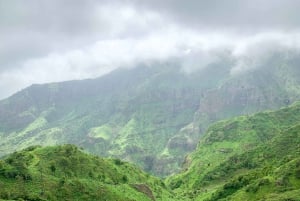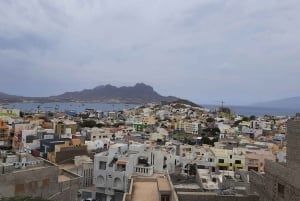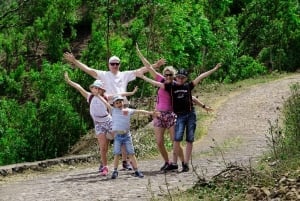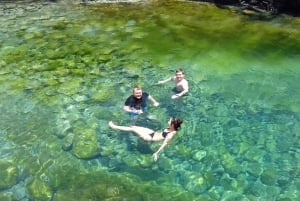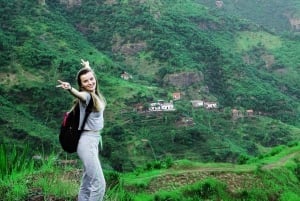Cape Verde Conservation
With its various virgin and uninhabited islands, rich in endemic species, Cape Verde is widely recognized as an area in need of protection and well-planned conservation.
Although the Cape Verde government has rarely had either the awareness or the resources to focus as much on conservation as the islands really need, a combination of non-profit and international organizations have lately been very active in this area, with excellent results for Cape Verde´s unique ecosystems and its indigenous fauna and flora.
Cape Verde is home to the third most populated nesting area in the world for Caretta Caretta, commonly known as the loggerhead sea turtle, with the Islands of Boa Vista and Sal as the main nesting locations.
Like all sea turtles, Loggerheads are considered to be in danger of extinction. In Cape Verde, the turtles are in a dramatic situation, as females are commonly slaughtered (for their meat and eggs) in a particularly cruel way when they come ashore to nest. For this reason, the United Nations Environment Programme has identified Cape Verde as a priority zone for the conservation of Loggerhead turtles.
Other dangers faced by the turtles include non-regulated construction that deprives them of their natural nesting areas and the practice of motorized water sports.
Based on Sal, SOS Turtles is an organization that monitors and protects nesting Loggerhead turtles. SOS Turtles has consistently run a successful program that aims at the eradication of poaching practices. Through Its outreach programs, run in conjunction with the local town hall, the organisation is constantly working to educate the people of Cape Verde about the importance of the protection of sea turtles.
In Boa Vista, the Turtle Foundation has been guarding the species` best interests for many years, and their turtle beach patrols have been extremely effective in reducing turtle slaughter, while they also contribute by building hatches to protect nesting turtles from floods and other natural threats. The Turtle foundation also work on education and raising awareness among local people.
The old whaling practices of the Portuguese colonists and American whalers did away with much of the whale population of the area. However, whales can still be seen off Murdeira Bay in the spring, when they come to wean their offspring.
Murdeira Bay is a protected area, where the WWF (World Wide Fund for nature) has been actively working to ensure the survival of these Atlantic whales. Humpback and melon-headed whales are among the most common, and some of them have been known to become stranded around the Murdeira shores, giving place to spectacular rescue operations.
Cape Verde´s seabirds are commonly exploited, and some of them are in danger of extinction such as the Cape Verde Kite and the Purple Heron.
The kite is one most rare birds of prey on the planet. Threatened by habitat loss, the Cape Verde kite is actually said to have been extinct for some time now; and there is currently a debate as to whether the kites flying Cape Verde´s skies today are none other than (non-endangered) Black kites.
Cape Verde is a subscriber of several international agreements, such as Biological Diversity and Desertification and Climate Change. Protected areas include the uninhabited islands of Santa Luzia, Branco, Raso and Ilhéus do Rombo, plus the islets of Ilhéu de Curral Velho and Ilhéu de Baluarte. These areas can only be visited with special authorisation.
The UN Program "Cape Verde - Ecosystem Management in and Around Protected Areas" focuses on:
1. Overexploitation of natural resources (wood used for fuel, harvest of native plants for medicinal and traditional ritual uses, etc.)
2. Impact from exotic species
3. Ecosystem degradation (grazing, clearing of lands) and unsustainable and inefficient management of natural resources.
The Rebuilding Nature project is a conservation endeavour which consists of the creation of artificial reefs. The project, started in 2006, with the aim of helping the preservation of Cape Verde´s marine biodiversity while developing sustainable diving. An initiative of the Manta Diving Center, the project has already created two reefs, by sinking two different vessels. Top Portuguese researchers have been working on studying both the environmental and socio-economic impact of these artificial reefs, with results pointing to a favourable effect for the conservation of Cape Verde´s rich biodiversity.
The programs results are extremely positive, ranging from the protection of endemic plant species to the harvesting of water from clouds and management of protected areas, without forgetting about educating Cape Verdian's about the need to preserve their indigenous species and their unique ecosystems.



